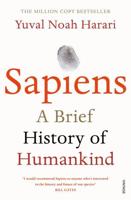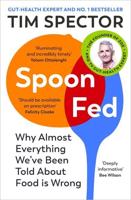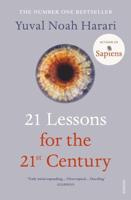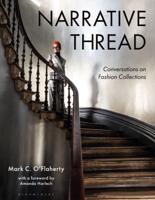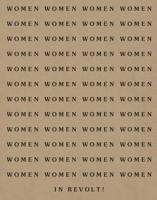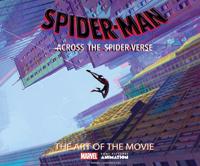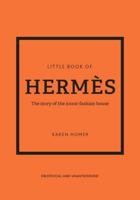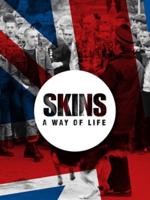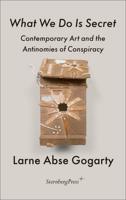Publisher's Synopsis
This book brings together experts in the fields of art history, visual arts, music, cultural geography, curatorial practice and landscape architecture to explore the role of material memory in the post-industrial landscape and the ways in which that landscape can act as a site for many forms of creative practice. It examines the role of material memory in the siting of public artworks and politically inspired installation art within the socio-economic post-industrial landscape. The post-industrial ruin as a place for innovation in the curatorial process is also investigated, as are social memory and the complexities of inscribing memory into places. A number of chapters focus on photography and its important role in recording memory as transformation, abandonment and erosion. Artists and musicians present personal case studies examining the siting of permanent and temporary artworks which can invoke memory of both culture and place. The land itself and its associated histories of post-industry are explored in artistic terms investigating dislocation, wasted spaces and extinction. Landscape architects and cultural geographers explore the aesthetic of the urban ruin, its natural and human ecologies and the re-wilding of urban spaces. The volume provokes discussion by a group of diverse experts on a very contemporary subject.

